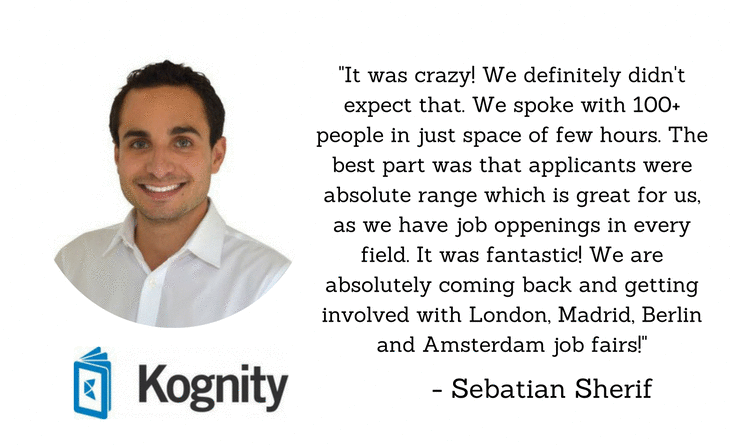In 2021, ethnic minority tech workers in the UK made up 15.2% of the sector’s workforce, according to findings from Tech Nation Report. While a higher number compared to the wider UK workforce (11.8%), tech companies are still hard at work promoting diversity and inclusion in the workforce, which aims to reflect the diversity of society — while thriving in an increasingly digital economy.
Developing people’s skills and focusing on collaboration can boost growth in the UK tech sector. As the tech industry speeds up development and deployment of digital technologies, investing in sufficient representation of minority groups is important to help organisations develop better products and services that can fit diverse user needs. In this post, we’ll go over what the tech industry can do to further diversity and inclusion efforts in the sector:
Change the selection process
Whether we like it or not, everyone comes with their own implicit or unconscious biases. These inherent biases may not be obvious in daily interactions with other people, and are often a result of our own backgrounds and upbringings. In recruitment processes, the human unconscious bias often causes women and other minority groups to be overlooked for roles they may be qualified for. One tip to improve the recruitment process from LHH recommends using browser add-ons, which can veil names and photos from LinkedIn – so you can view a candidate’s experience without looking at their personal details. Additionally, it may help to have at least two people going through the applications to make the final shortlist, so any assumptions can be challenged and mitigated. Being considerate of possibly neurodivergent candidates also goes a long way. For example, spelling errors or other communication hiccups shouldn’t be treated as dealbreakers if a candidate displays the appropriate experience and requirements for a role.
Offer location-inclusion via remote
Recently, tech giant Meta announced they were able to exceed their diversity and inclusion goals after embracing fully remote opportunities, which increased the reach and diversity of their candidate pool and workforce. In a post-pandemic working climate, remote arrangements are growing in popularity after companies from various industries noticed the positive impact that remote working had — not just on employee productivity and well-being — but on a workforce’s diversity and inclusion as well. In fact, research shows that minority groups are more likely to prefer and maintain jobs that offer remote or hybrid work arrangements. This includes racial and sexual minority groups who may fear discrimination in the workplace, or people with disabilities who may feel more comfortable working at home rather than an office that may not be as accessible for them. Either way, offering hybrid or remote working options for potential candidates can be advantageous as it helps an organisation stand out to applicants.
Make workplaces more accessible
Diversity and inclusion initiatives should extend beyond the recruitment process, and most importantly, beyond reaching mere diversity hire quotas. For businesses that simply need in-office work for their employees, the consideration for diversity and inclusion must take into account the importance of an inclusive physical working environment. Organisations that invest in more accessible office designs and assistive technologies in their employee tools can create safer, functional working spaces for employees with disabilities. This feature from the Harvard Business Review highlights Barclays, which offers third-party bank accounts for those who may need additional support to access their finances, accommodating for potential challenges such as dyslexia and dyscalculia, or difficulties with dexterity.
Aside from adjustments in the workplace, organisations can also benefit from investing in diversity and inclusion awareness training for existing employees. Creating a safe space for employees with diverse backgrounds and needs is just as important for retaining talent, as it is for attracting potentially valuable talents, who may otherwise be intimidated.






